Bonn was the seat of the West German federal government and parliament until 1999, when Berlin became the capital again.
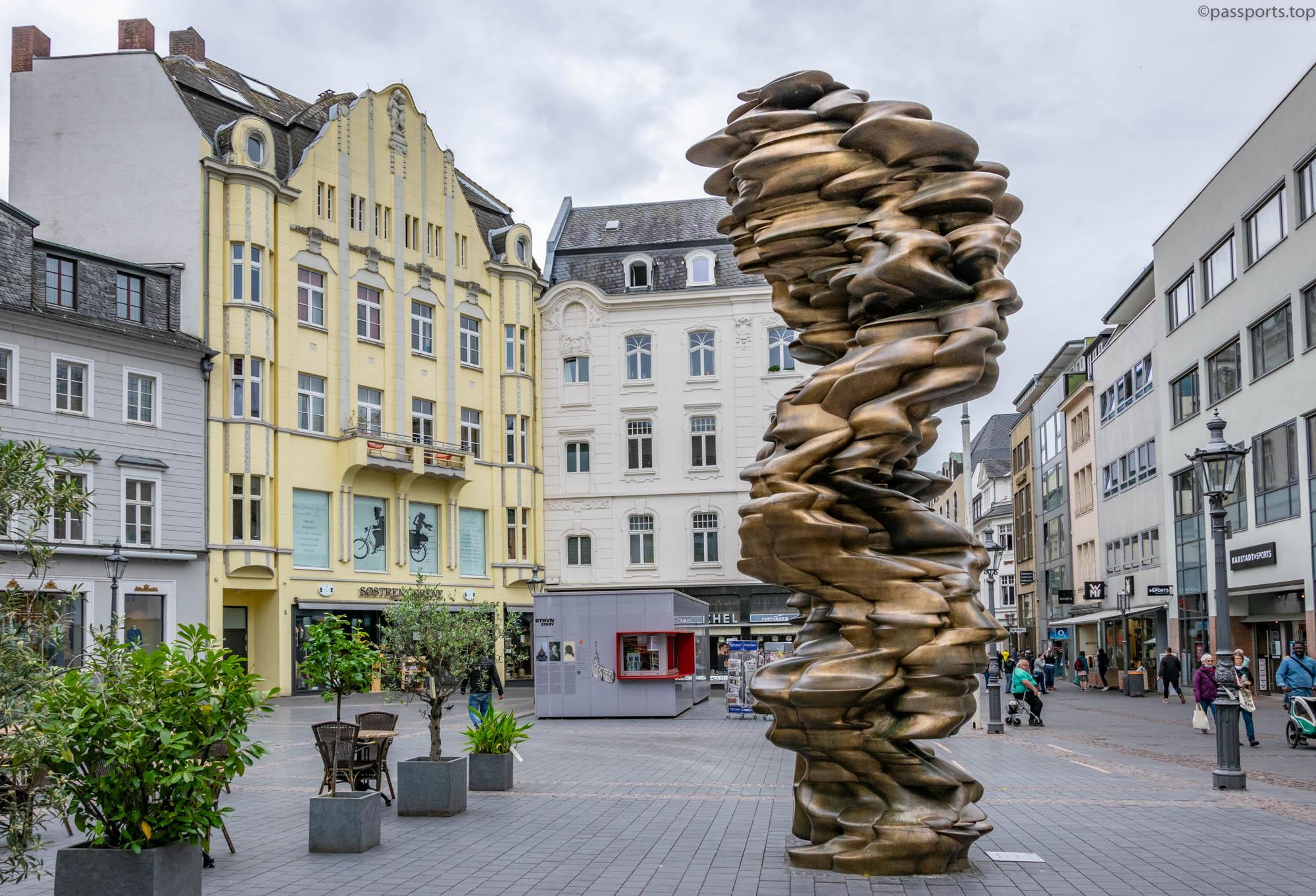
The city straddles both banks of the Rhine, being less known to tourists compared to larger cities in the state of North Rhine-Westphalia, such as Cologne or Düsseldorf.
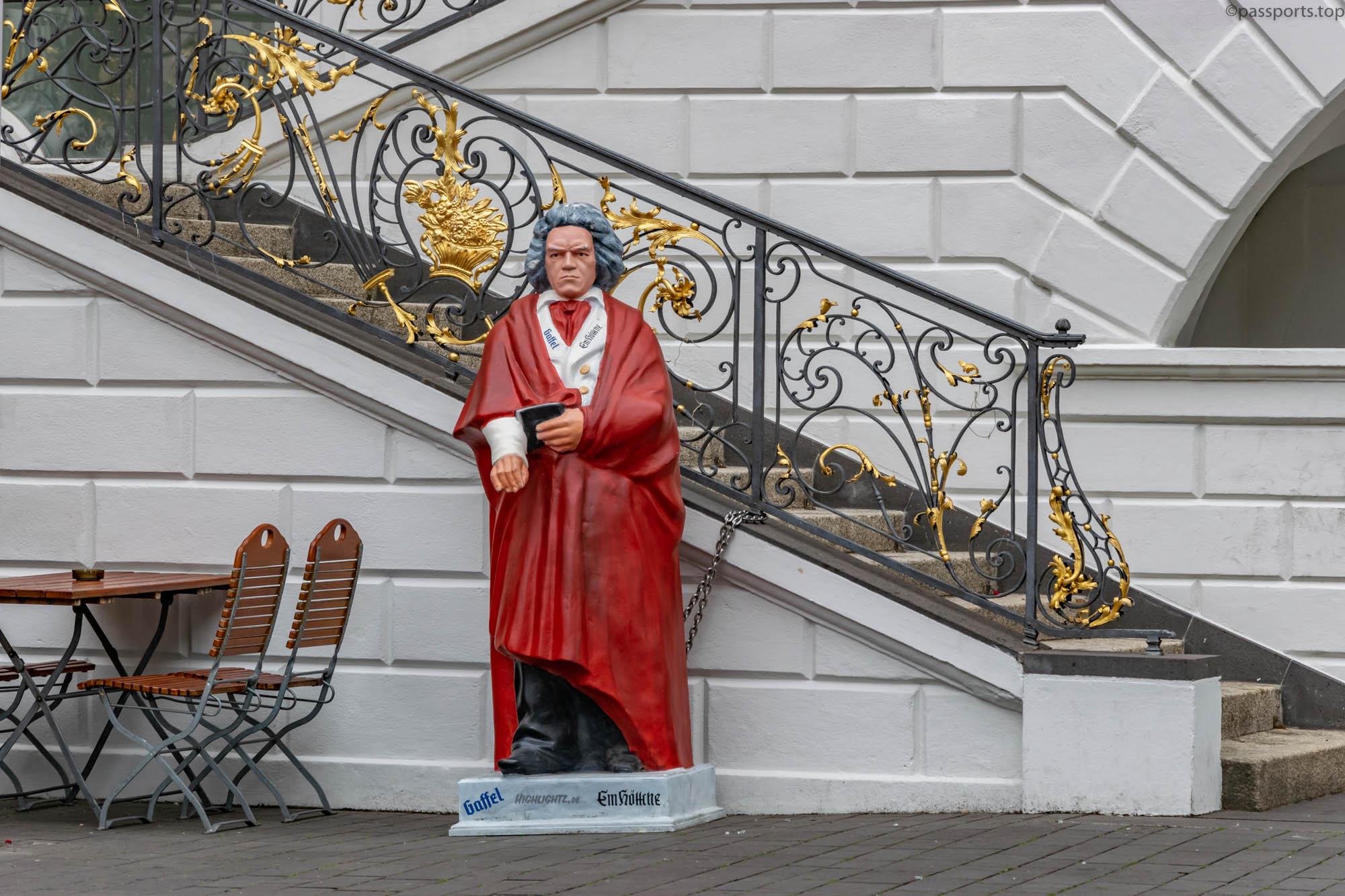
Beethoven’s birthplace is home to some of Germany’s leading educational institutions, while apart from its historical significance and cultural heritage, it is also a place of natural beauty.
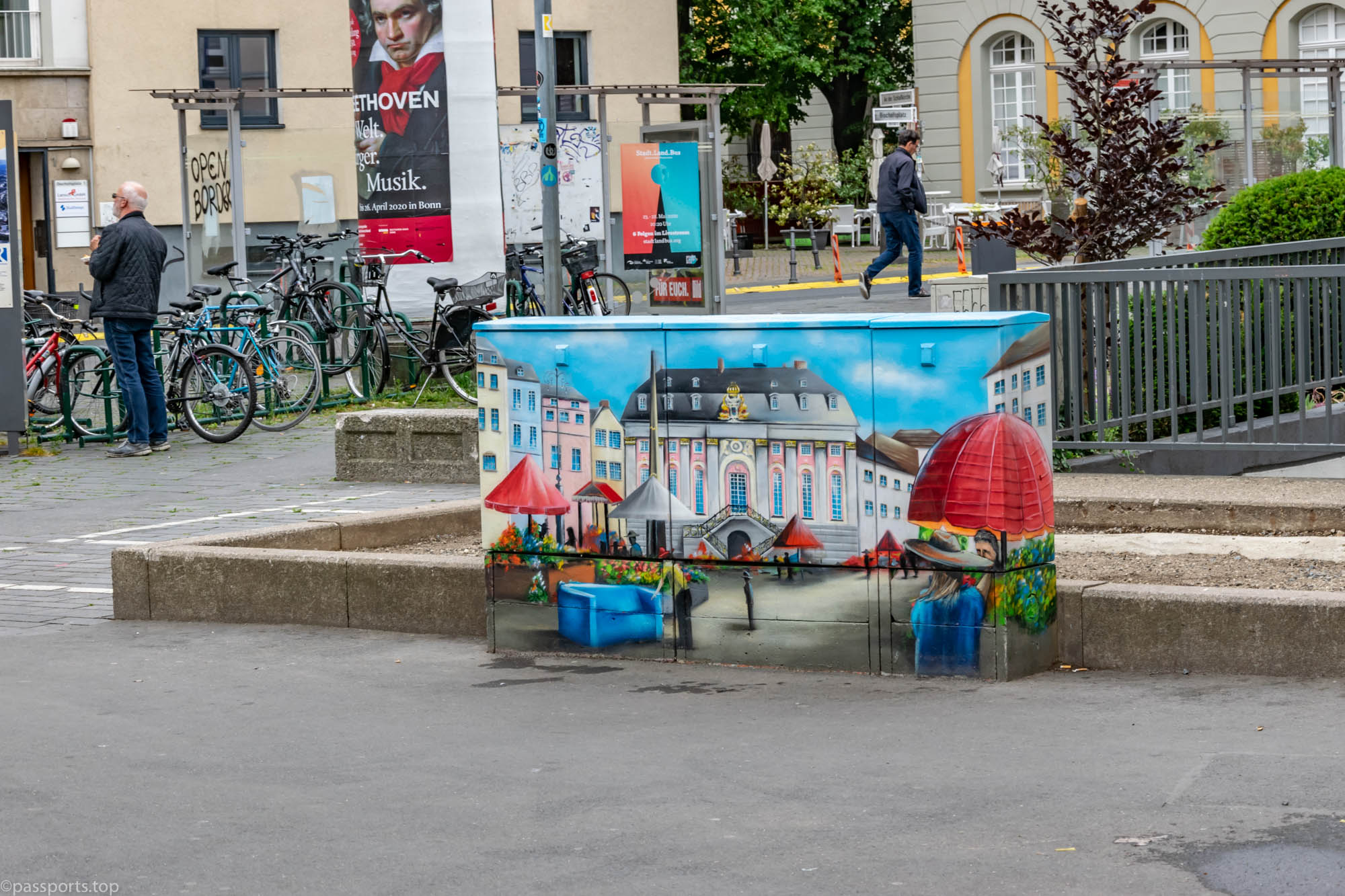
Here is a list of the main sights that you should not miss if you arrive in Bonn:
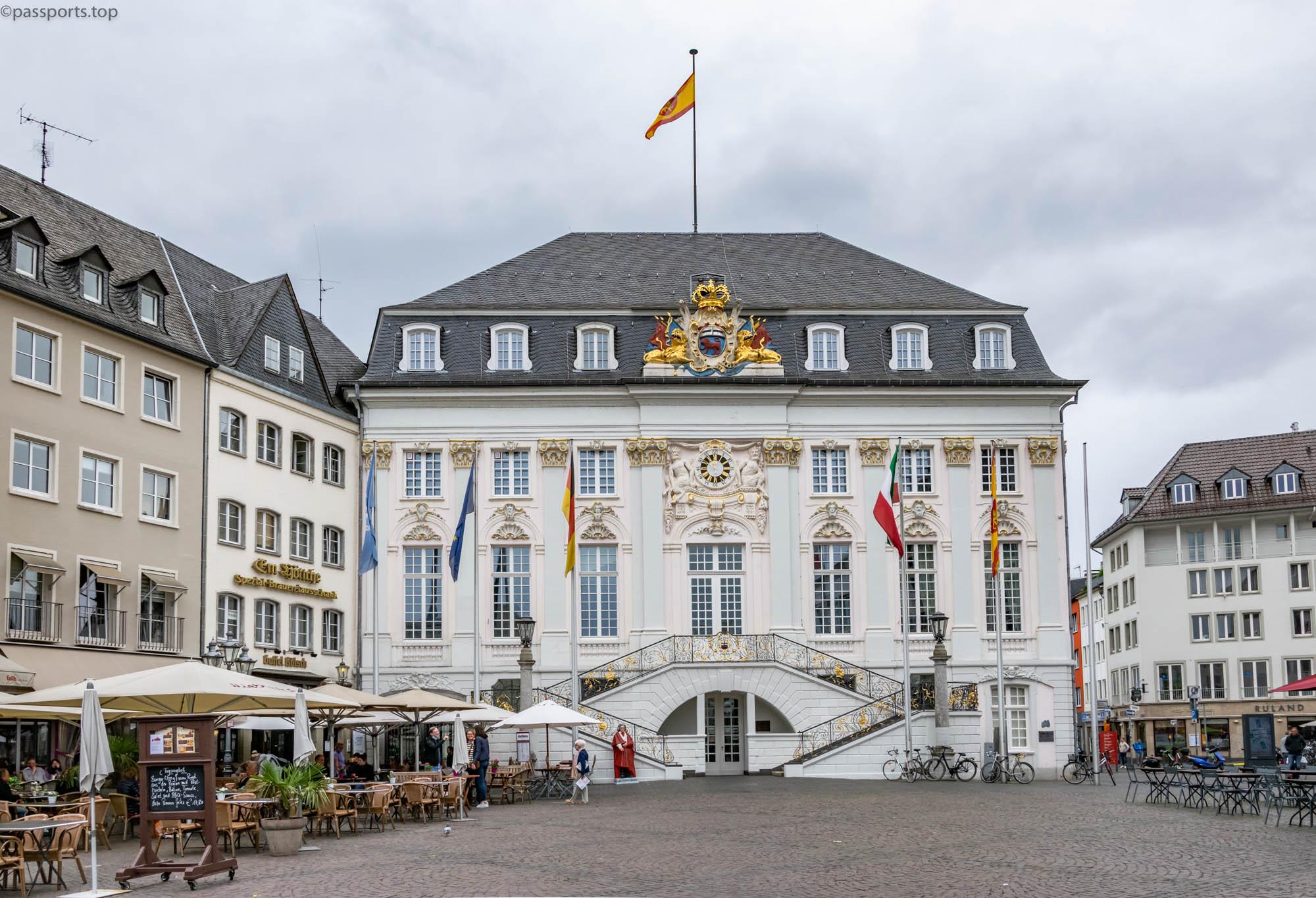
The Old Town Hall (Altes Rathaus) is located right in the central square of the city (Münsterplatz), being an impressive building with its white rococo facade and gilded ornaments.

During the period when Bonn served as the capital, many official visitors and heads of state were received here, such as John F. Kennedy, Queen Elizabeth II or Bill Clinton and his wife Hillary, who entered their names in The “Golden Book” of the city.
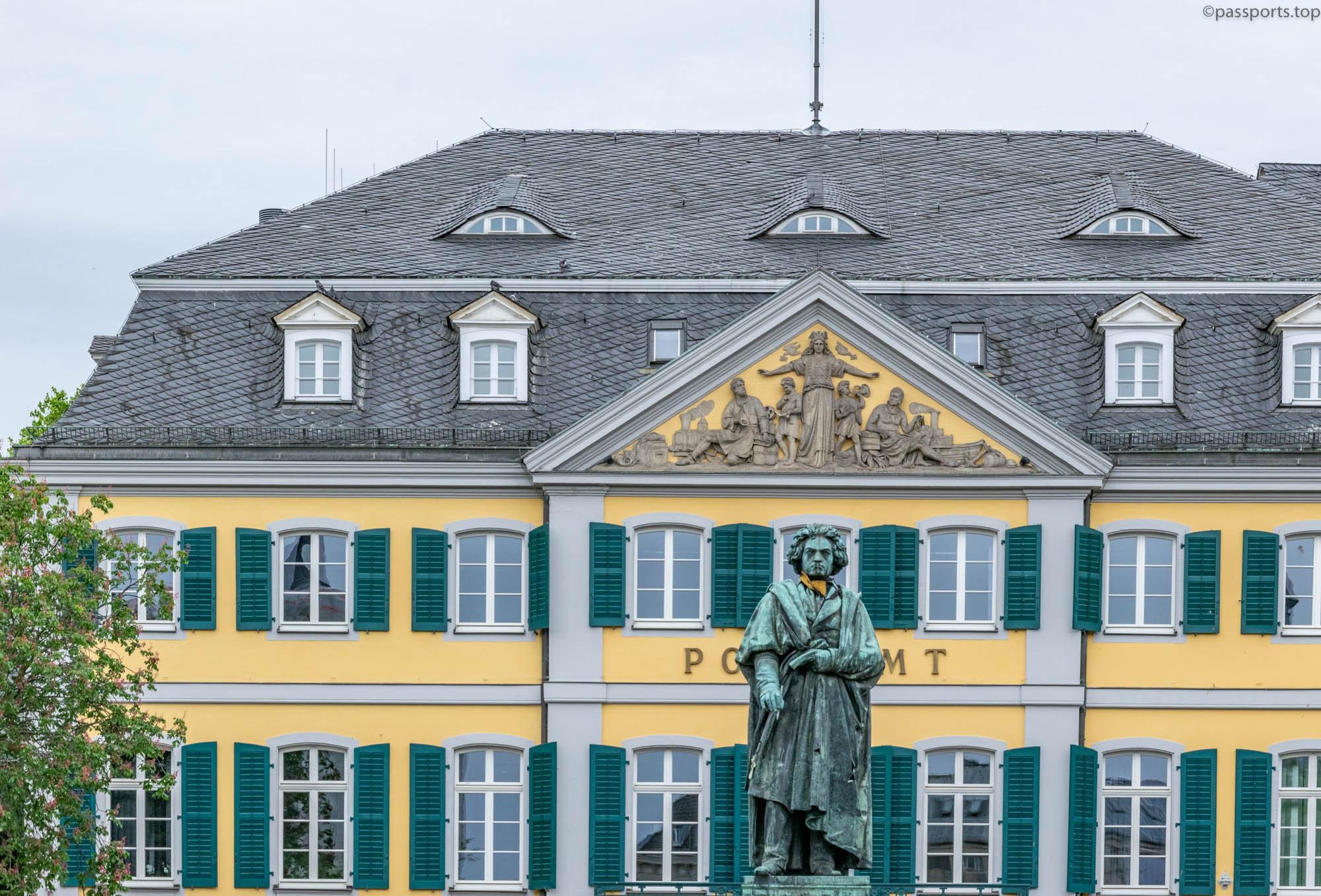
Also in Münsterplatz is the Post Office – a beautiful yellow-painted building with green shutters, and in front of it stands the Beethoven Monument – a large bronze statue of one of Germany’s most revered composers, erected in year 1845 to honor the 75th anniversary of Beethoven’s birth. The square becomes a particularly picturesque place in December, when the Christmas Fair takes place here.
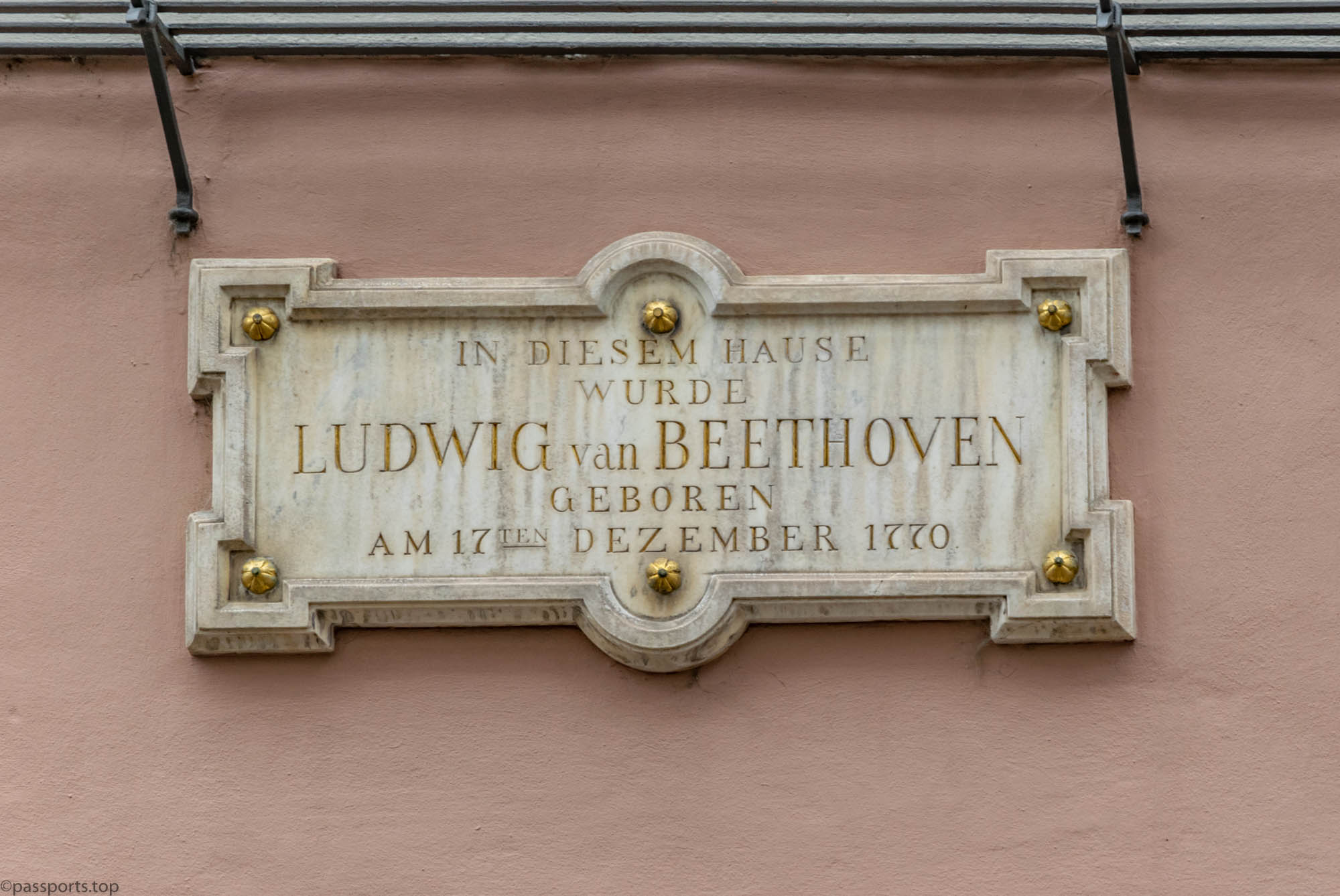
The Beethoven House , where the great Ludwig van Beethoven was born and raised, presents the life and work of the composer. Over 100 original exhibits that can be visited in the 12 rooms reflect Beethoven’s work and influence. The price of a ticket is €10/person.
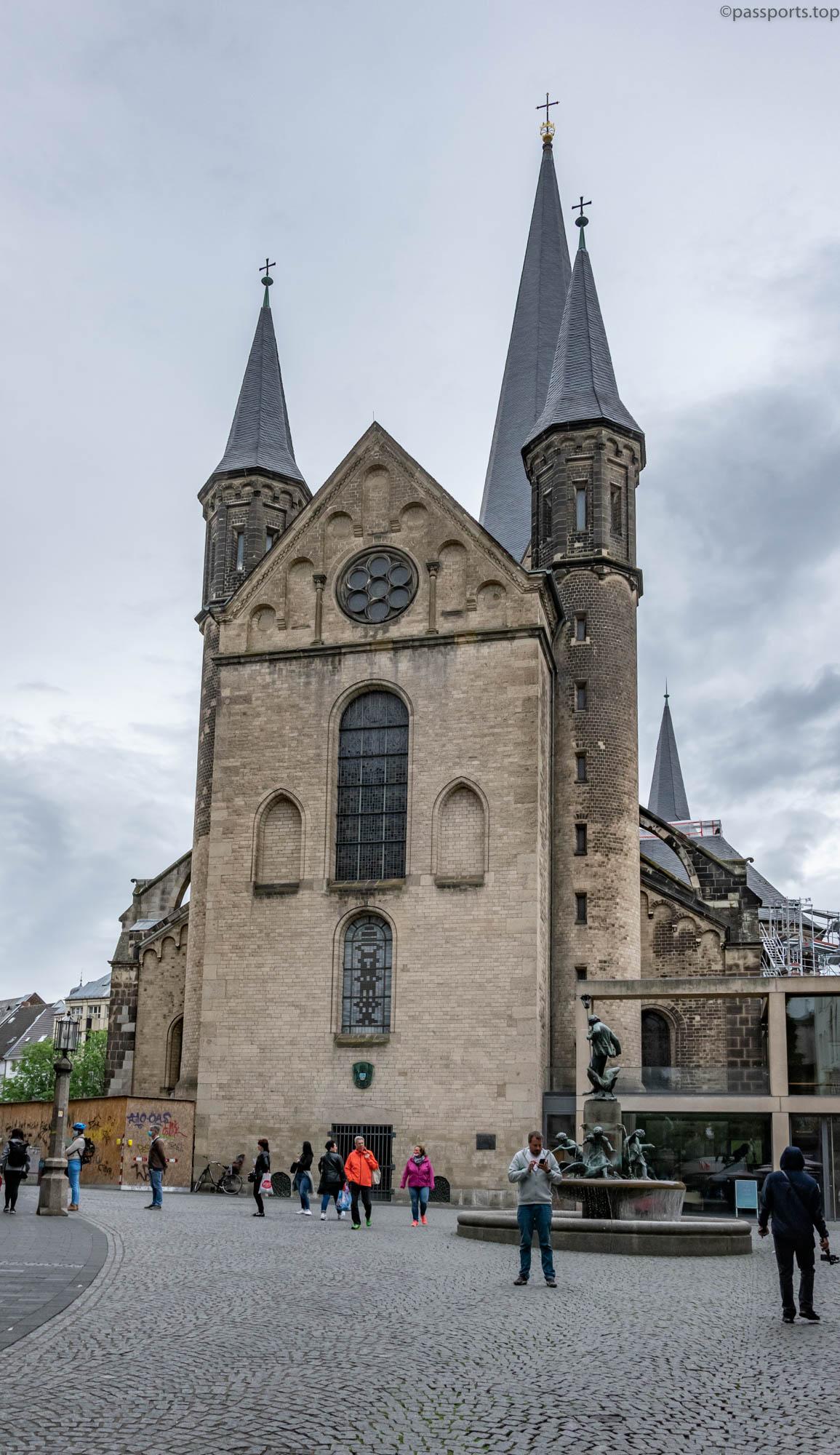
Bonn Cathedral (Bonner Münster) is one of the oldest churches in Germany, having been built between the 11th and 13th centuries. The elements of the Romanesque and Gothic styles blend in perfect harmony, and the furniture inside comes mostly from the Baroque era.
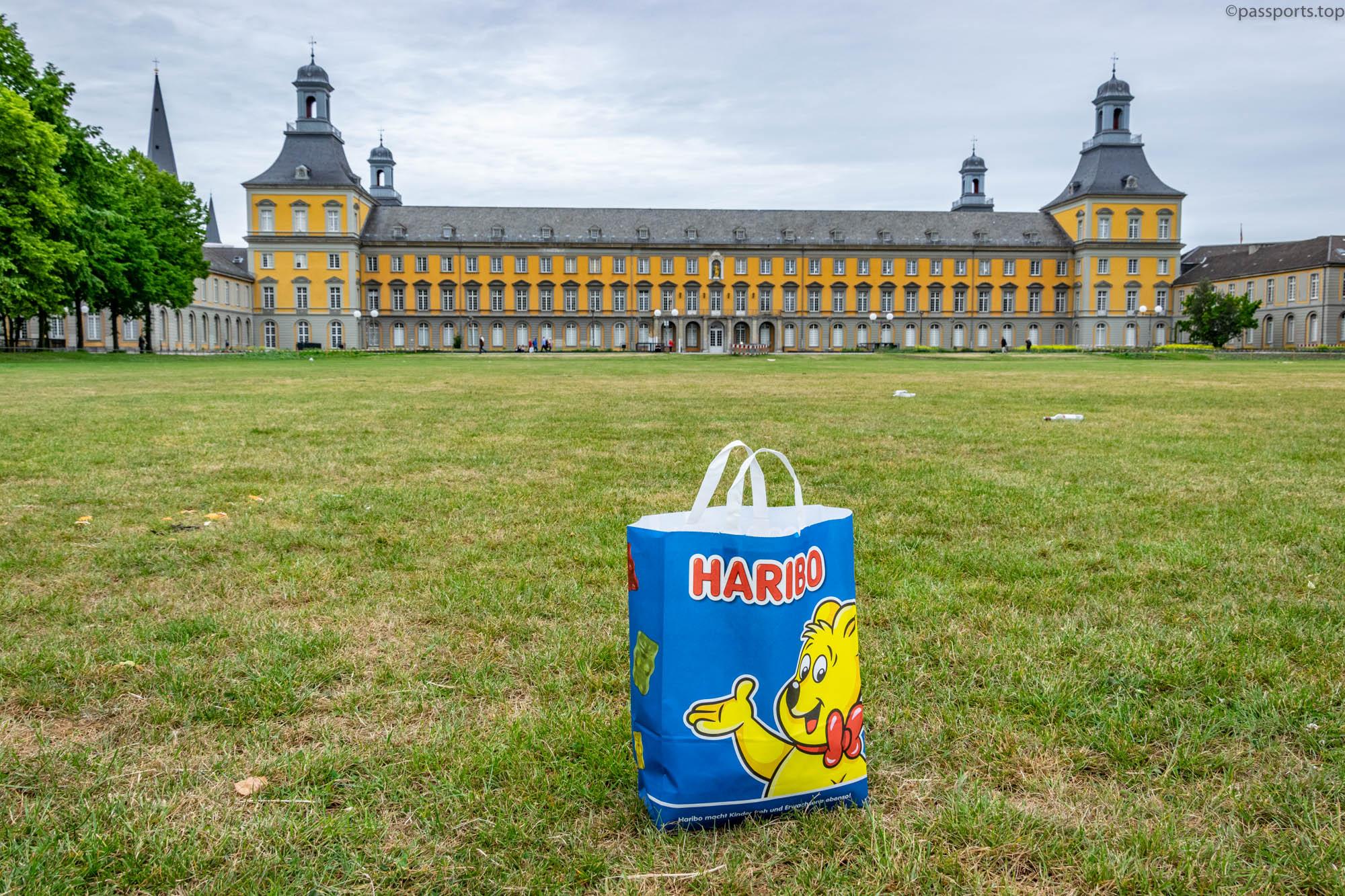
The Electoral Palace (Kurfürstliches Schloss) is the former residential palace of the Electors of Cologne, and from 1818 it became the main building of the University of Bonn.
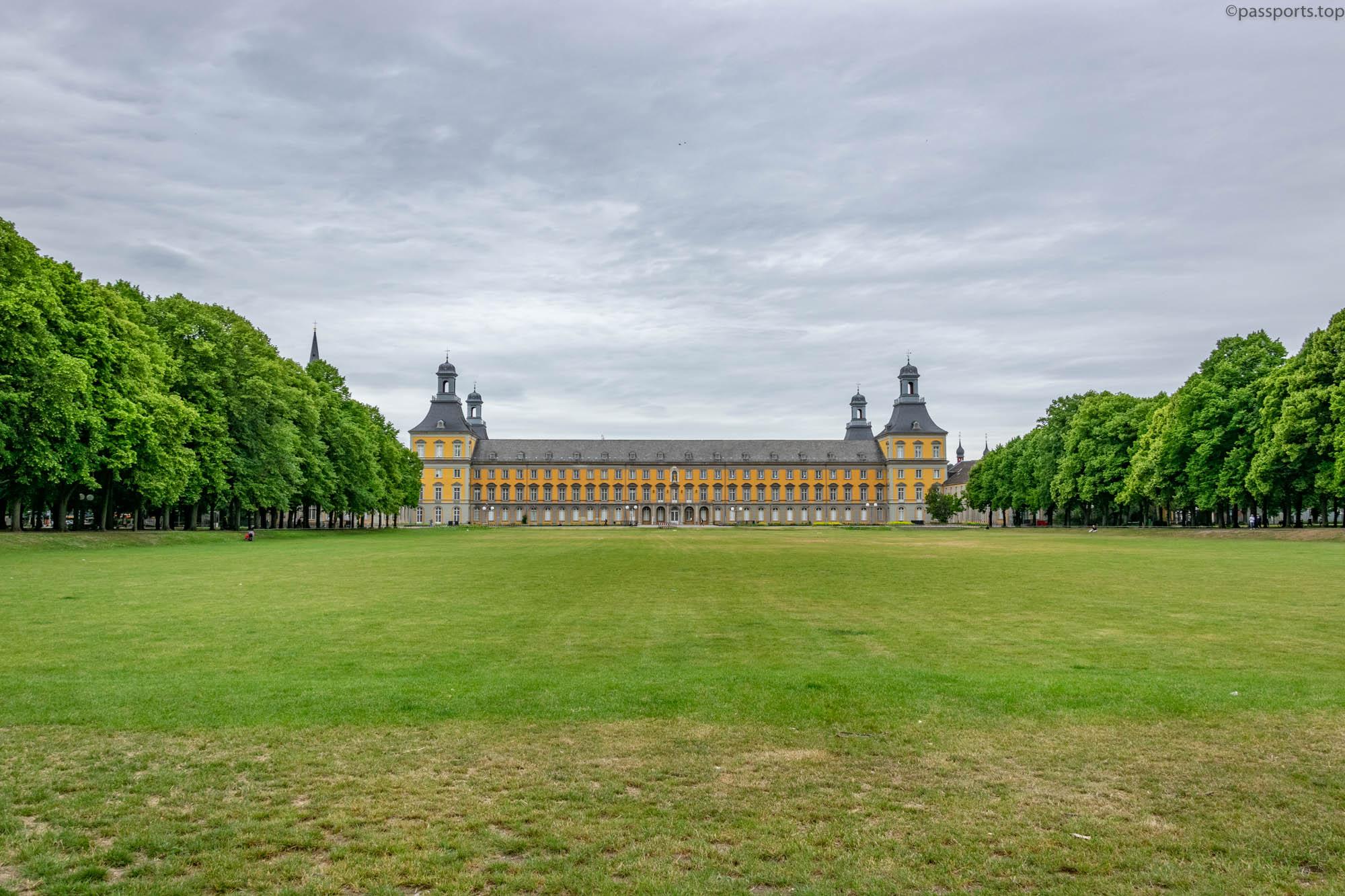
In front of the building lies the Hofgarten – a large park and a popular place for students to relax or study.
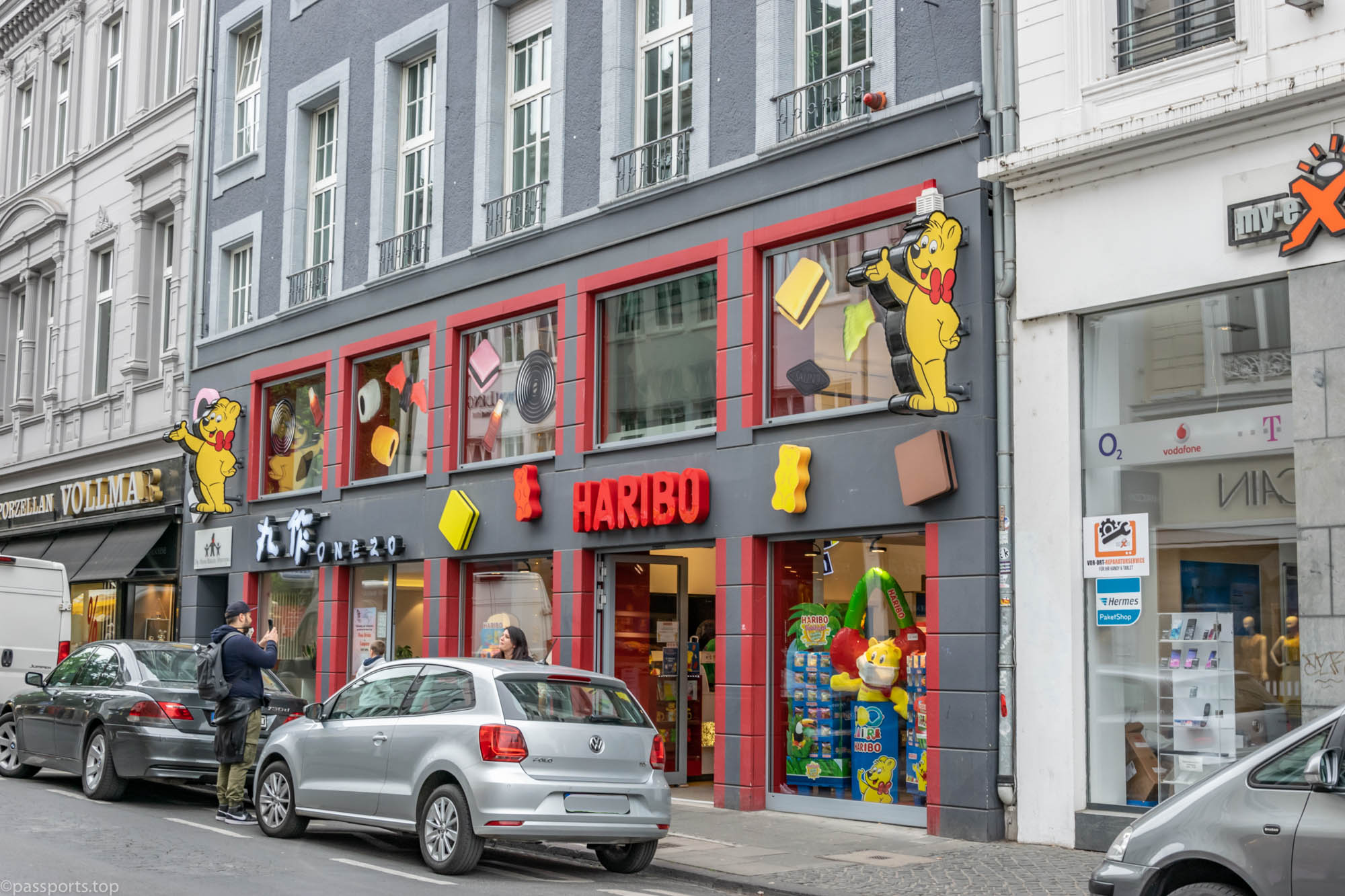
HARIBO Shop Bonn – the shop in the birthplace of the legendary Haribo jellies, houses a whole range of gummy candies on an area of 350 m². The company Haribo was founded by Hans Riegel Sr., the name being an acronym formed from Hans Riegel Bonn. The first gummy candy was created in 1922 in the form of teddy bears, called “Gummibärchen” in German. In the 1960s, the company began international expansion, and in the 1980s it reached America.
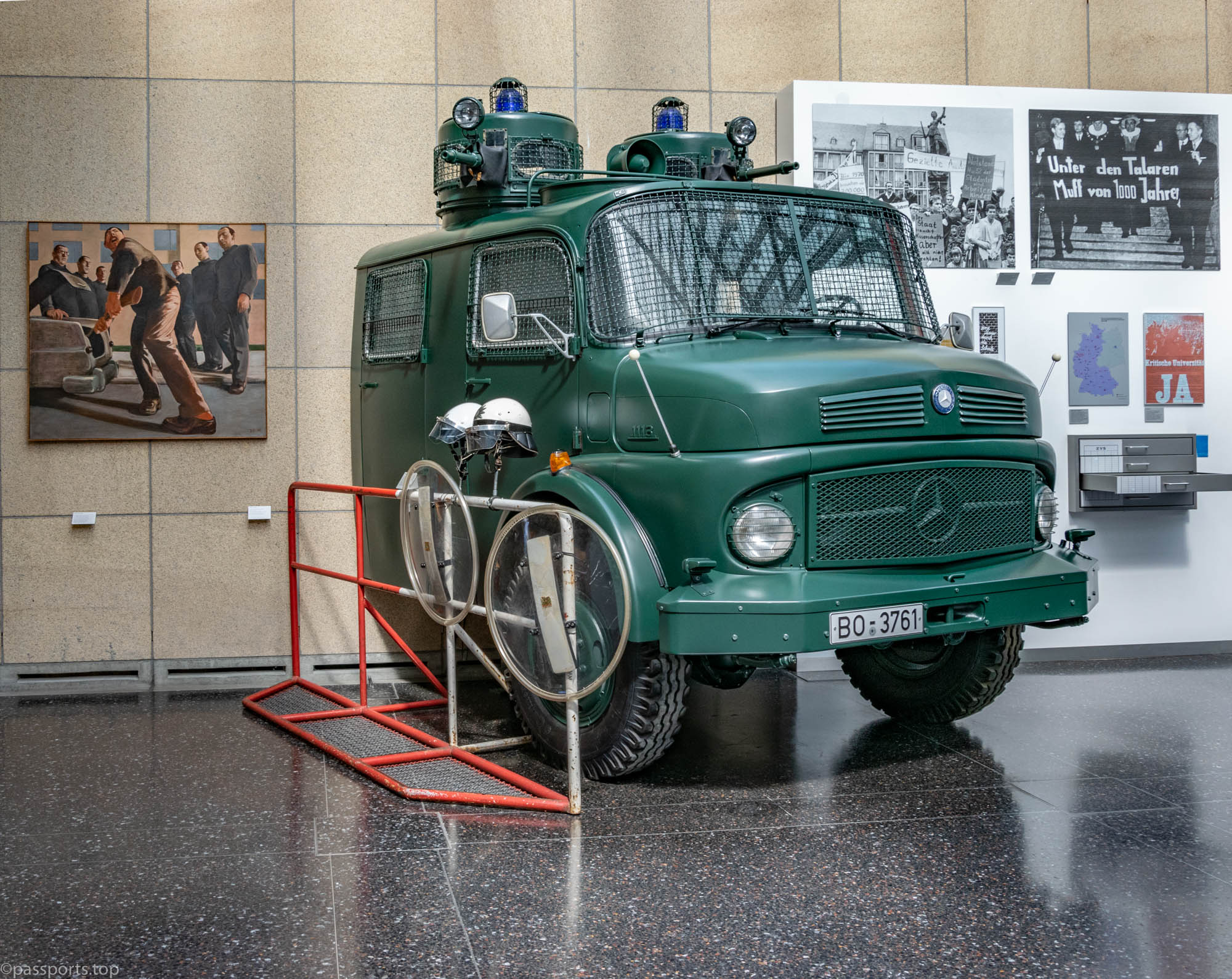
The Haus der Geschichte is a museum that presents the contemporary history of Germany, from the end of World War II to the present day.
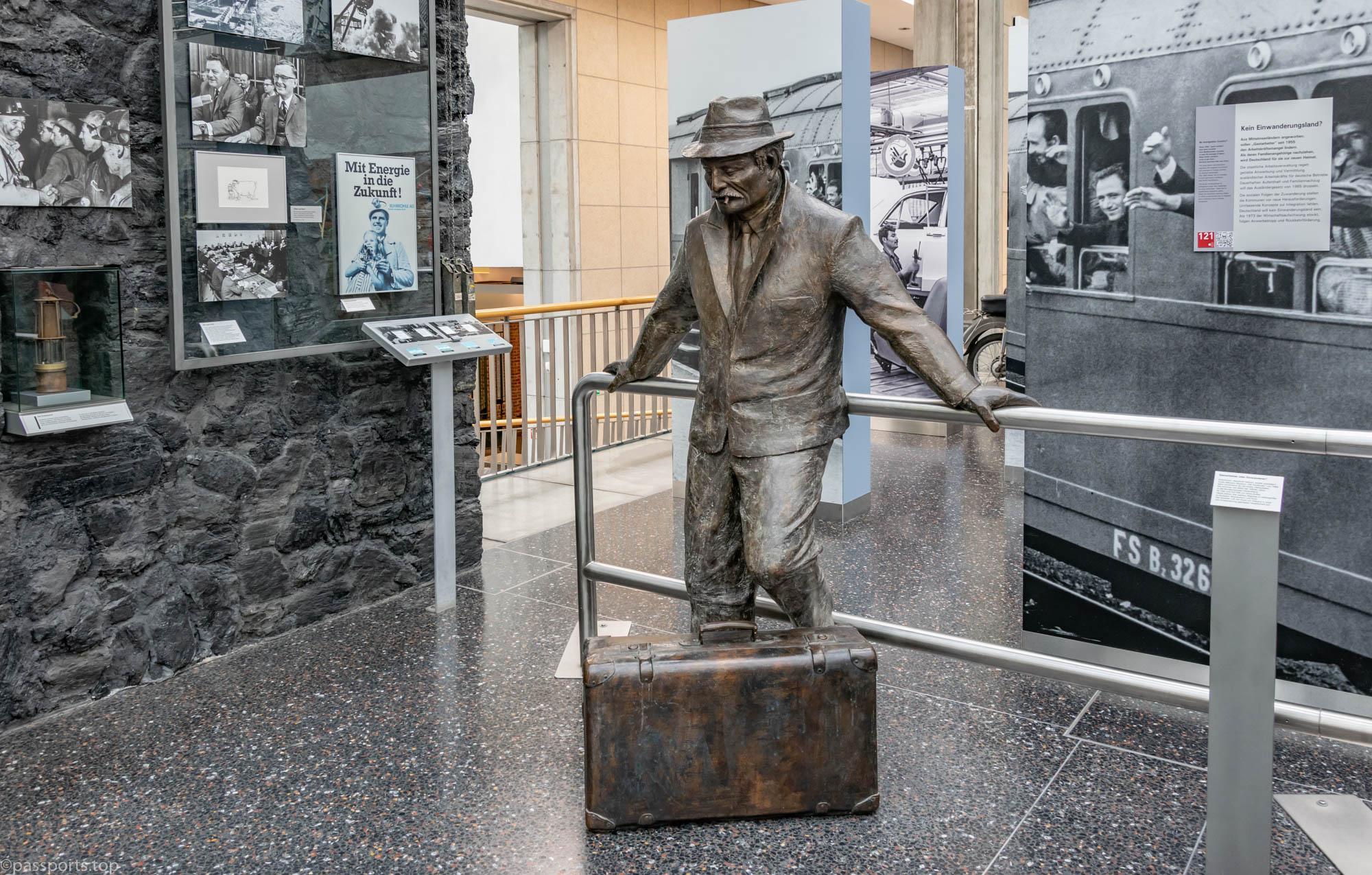
The museum’s collection includes documents, films, magazines, furniture, cars and many other objects. Museum schedule: Tuesday – Thursday 9:00-19:00, Saturday and Sunday 10:00-18:00, admission is free.
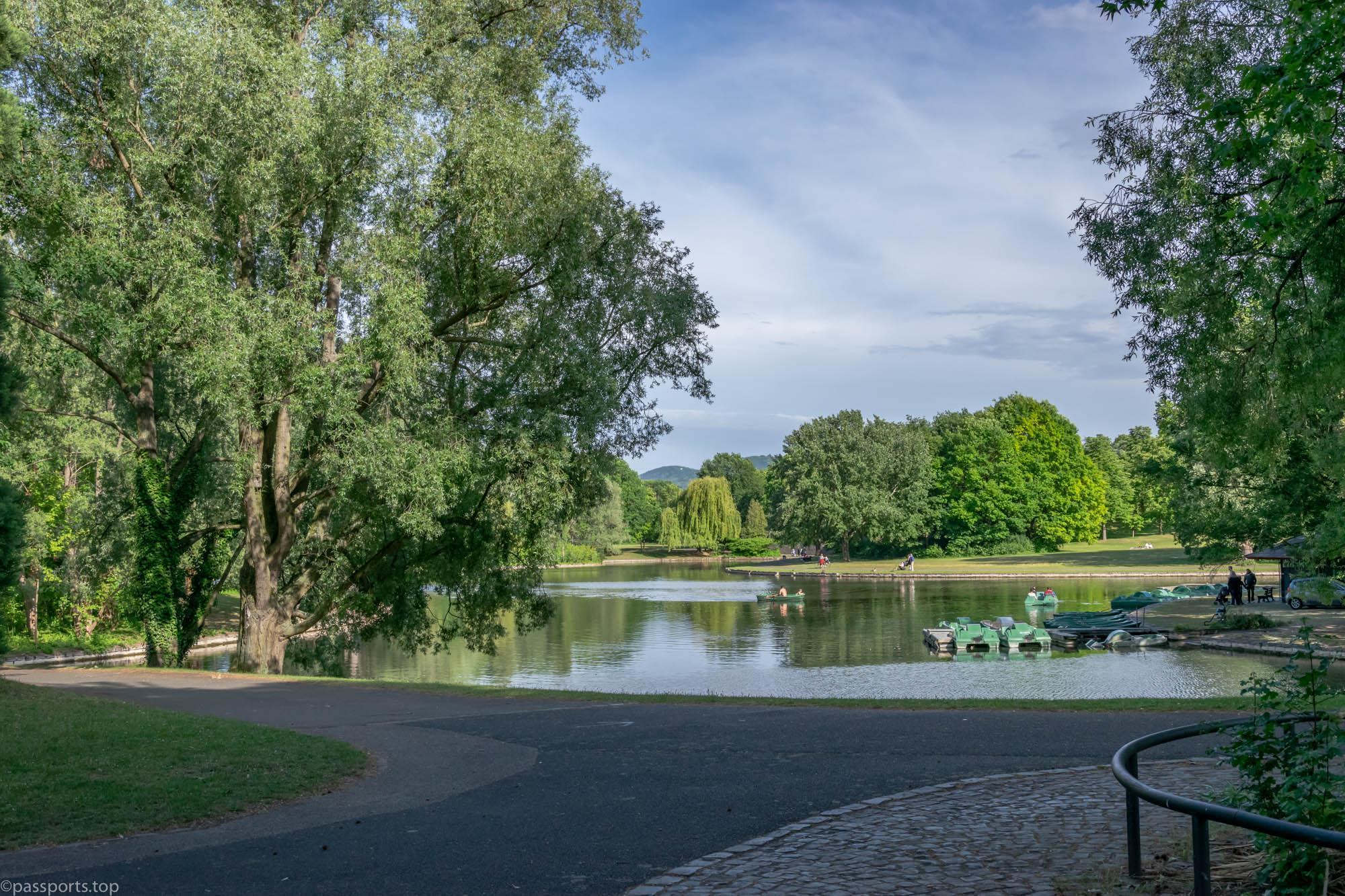
Freizeitpark Rheinaue is an amusement park founded in 1979, which today has become a symbol of the city. With an area of 160 hectares, the park is almost as big as the city center.
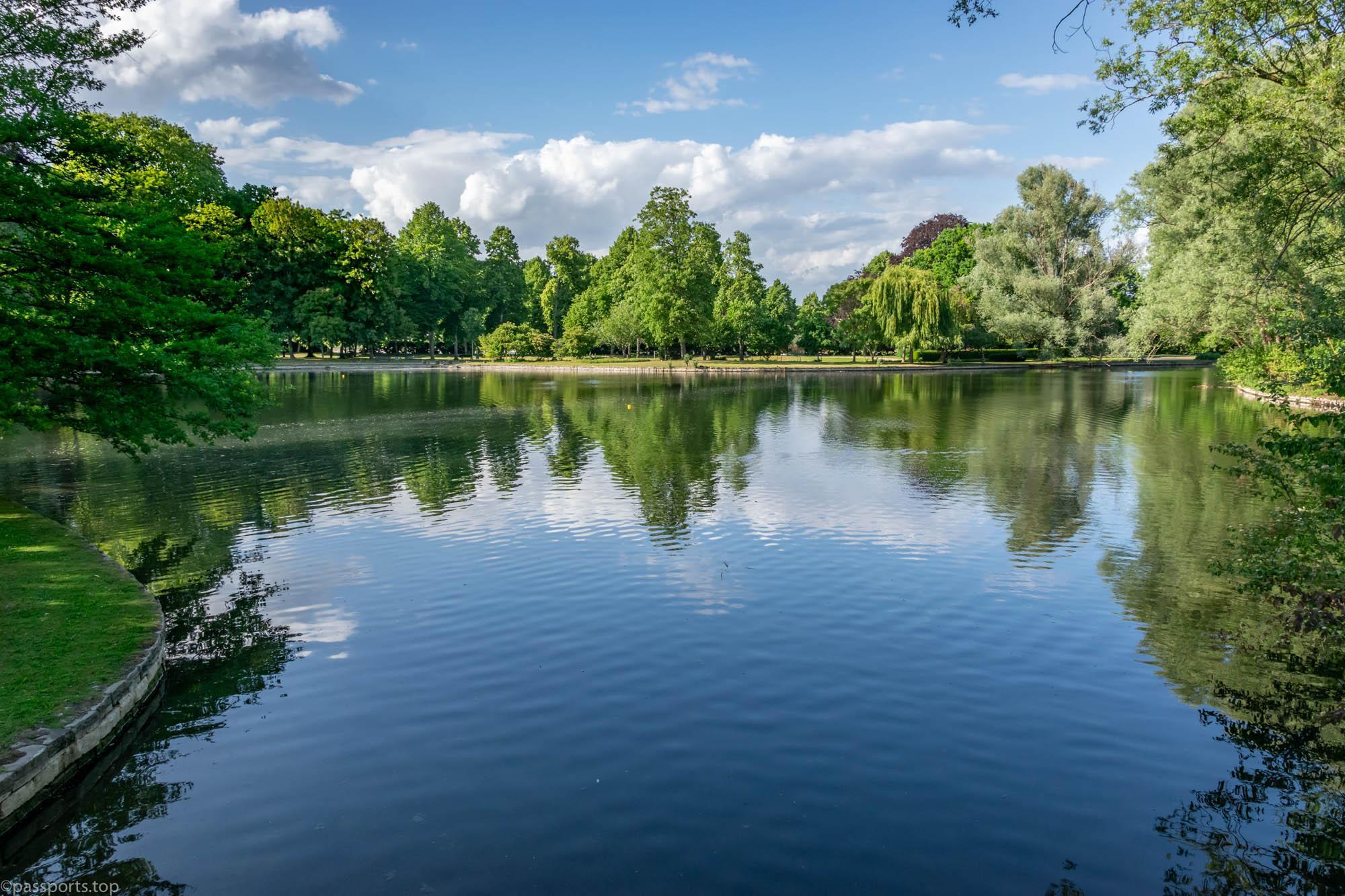
The main attraction is the Rheinauensee, an artificial lake with an area of 15 hectares and 6 bridges crossing it, ideal for a boat ride.
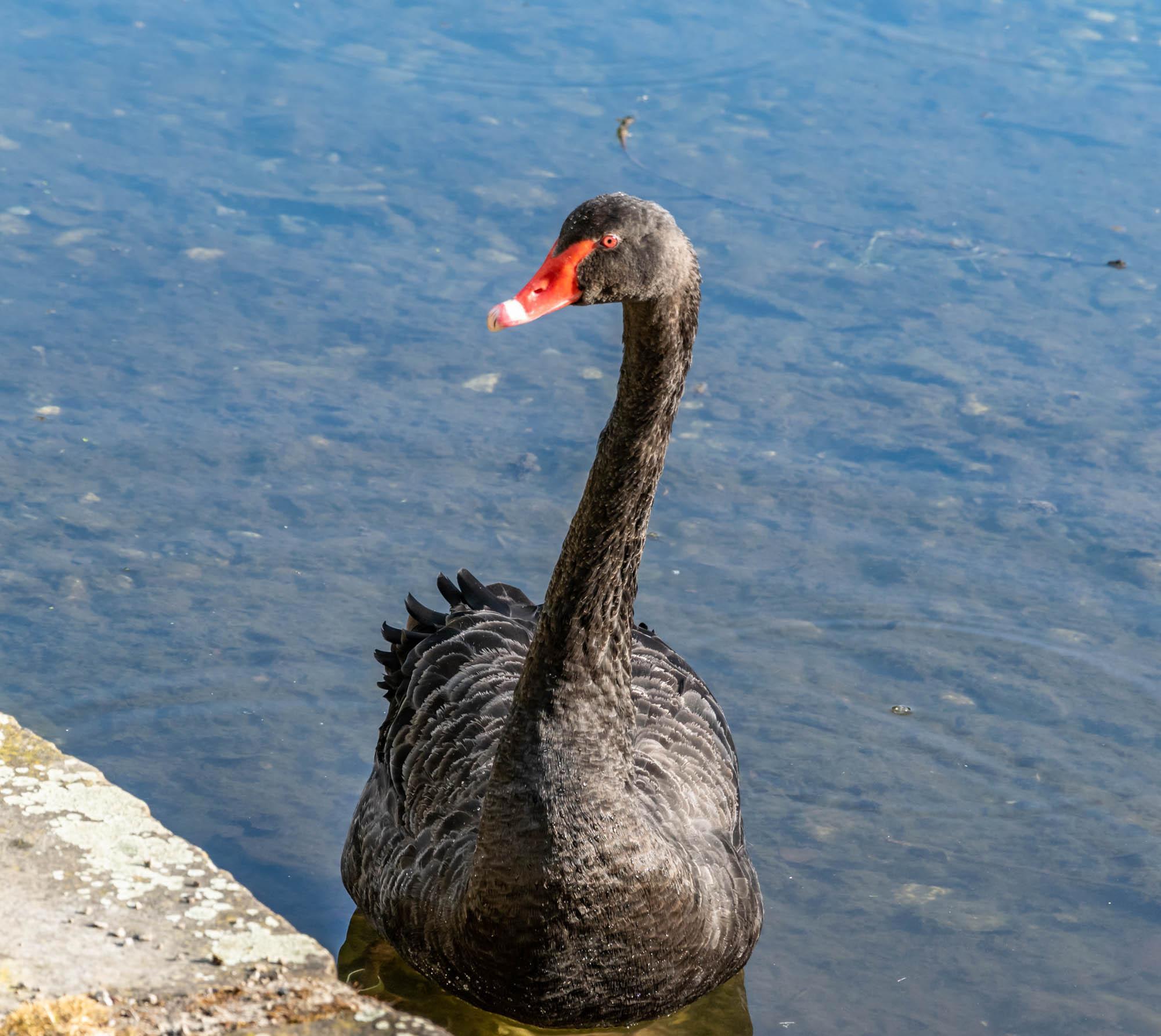
The lake provides a habitat for various species of fish and birds, including Egyptian geese and swans.
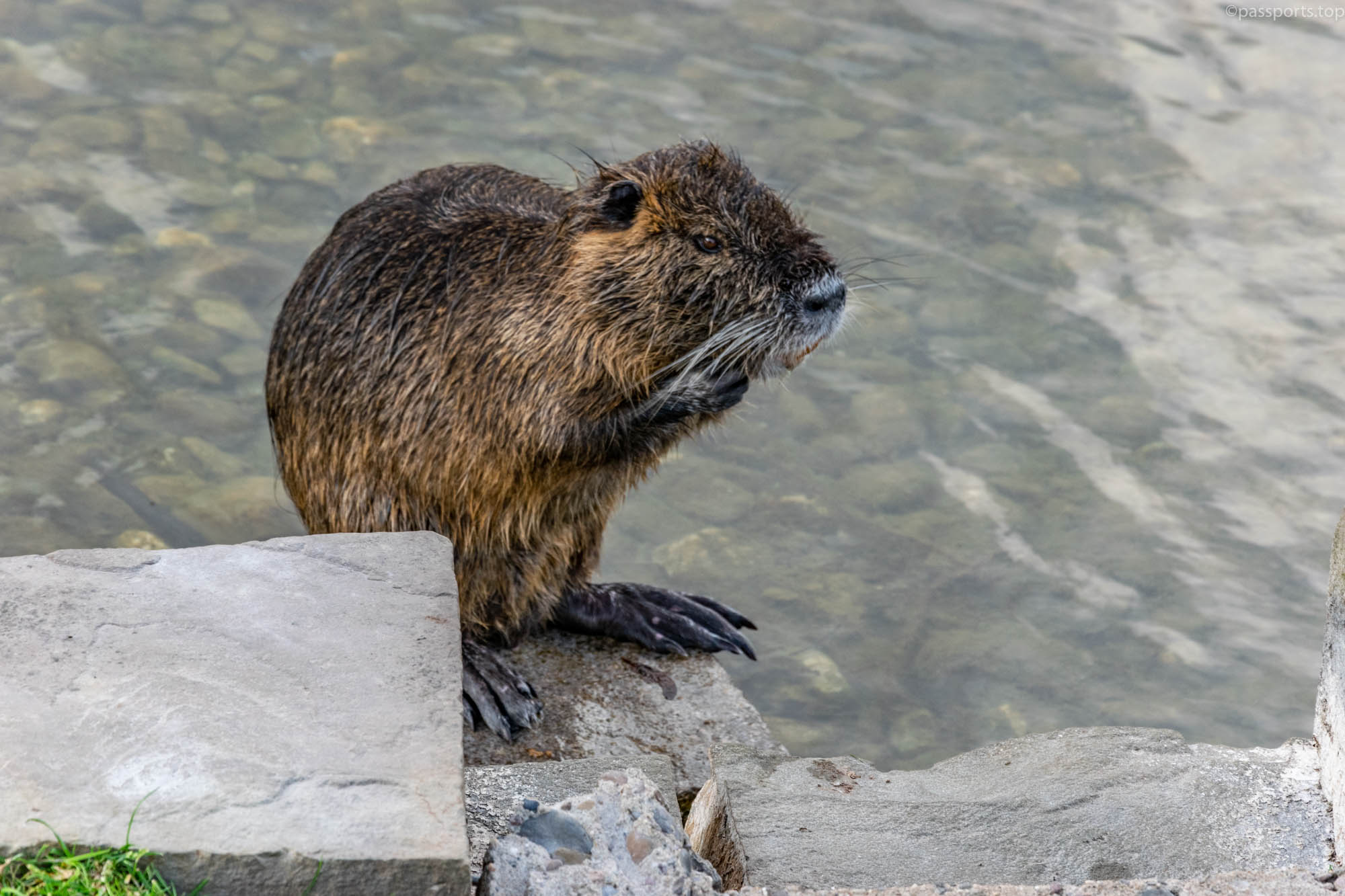
In 2010, nutria settled here, being a small attraction of the park. These semi-aquatic rodents, with their orange teeth, bear a striking resemblance to beavers, but their tails are round rather than flattened.
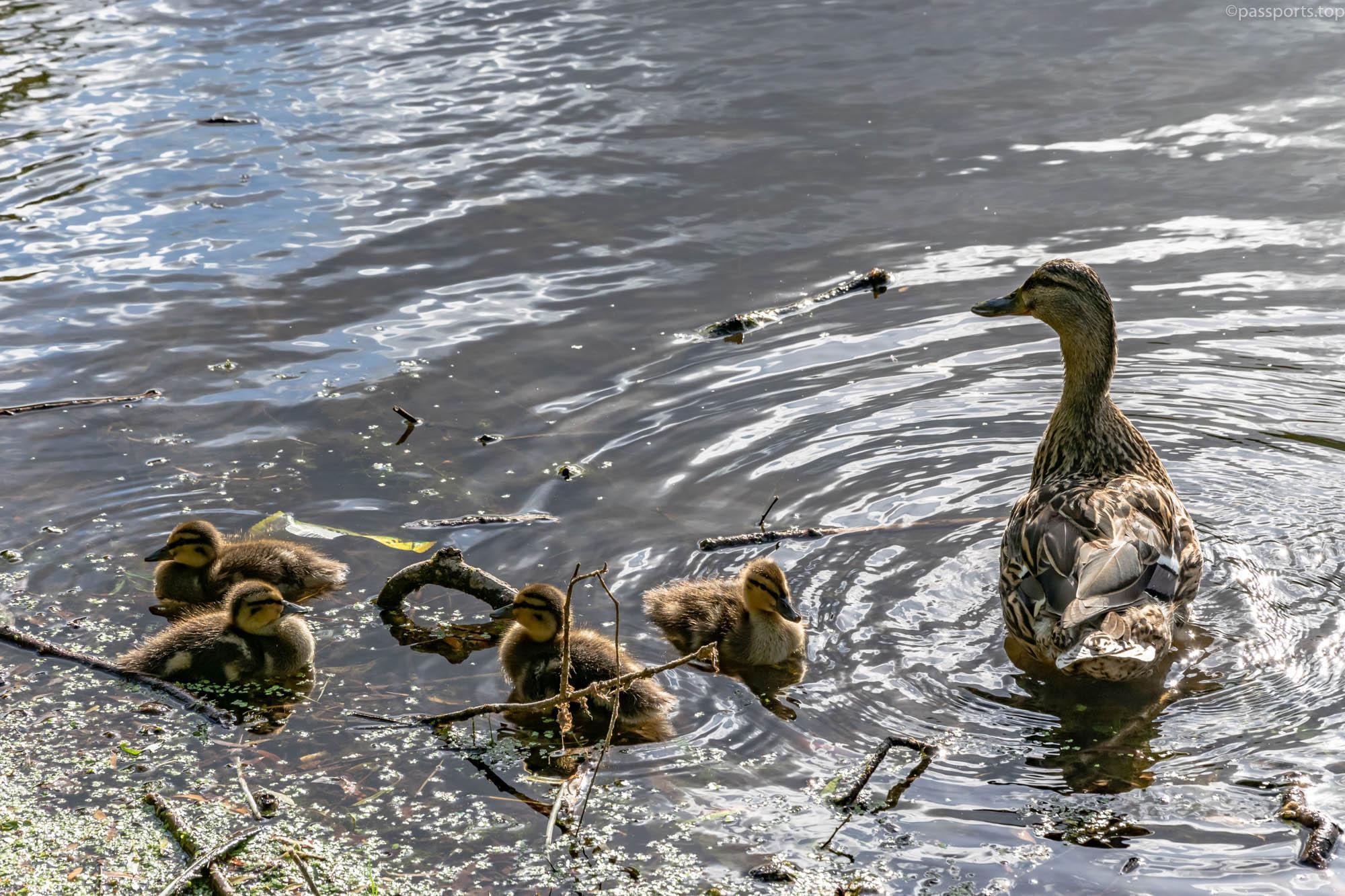
Feeding the animals by visitors is strictly prohibited, and although there are numerous information boards on this matter, the request is repeatedly denied. Because of this, in 2018, approximately 400 dead animals were recovered from the lake.
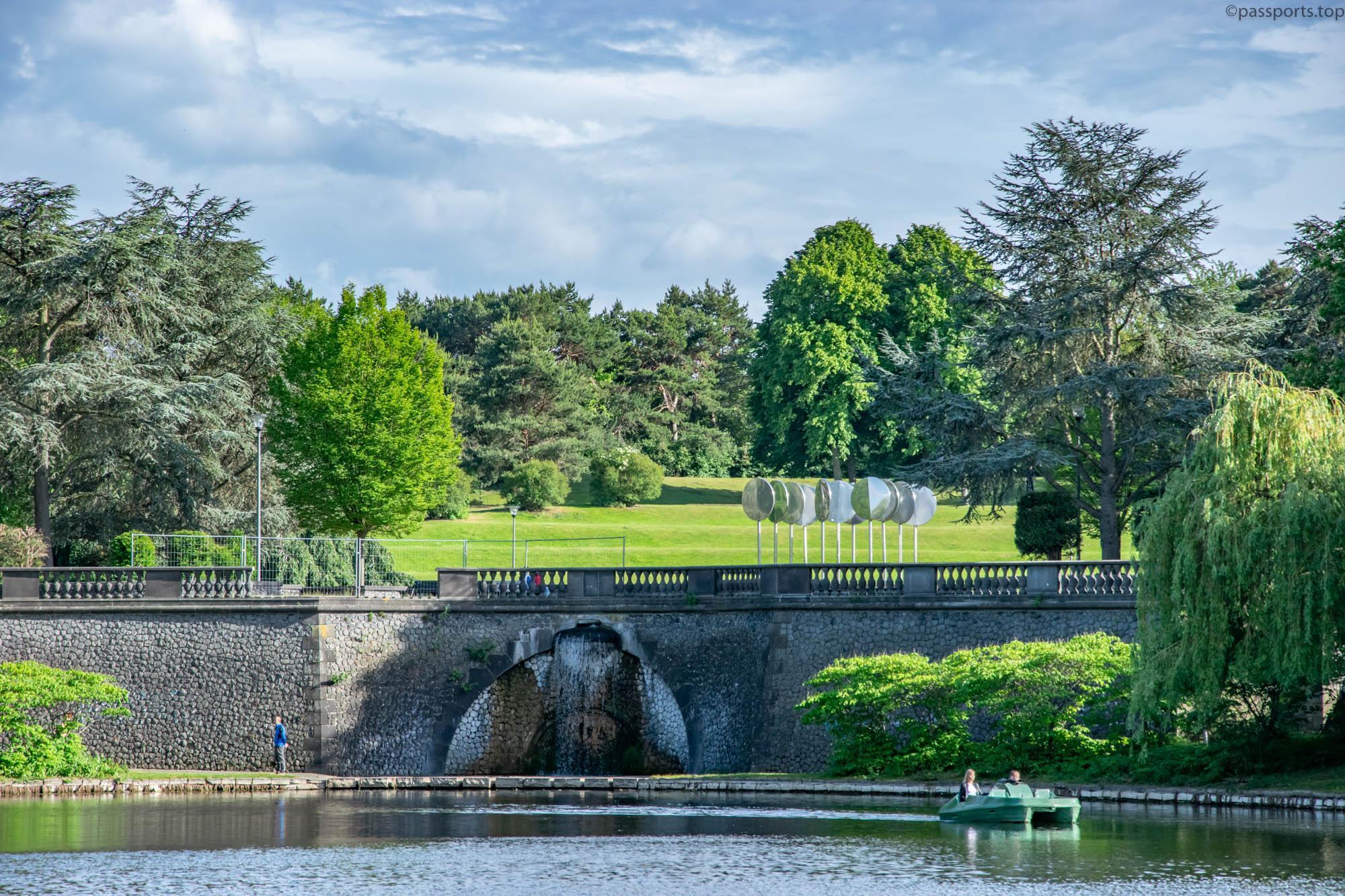
From Bonn we headed to Drachenburg Castle and the city of Mainz.
(Bonn – June 2020)

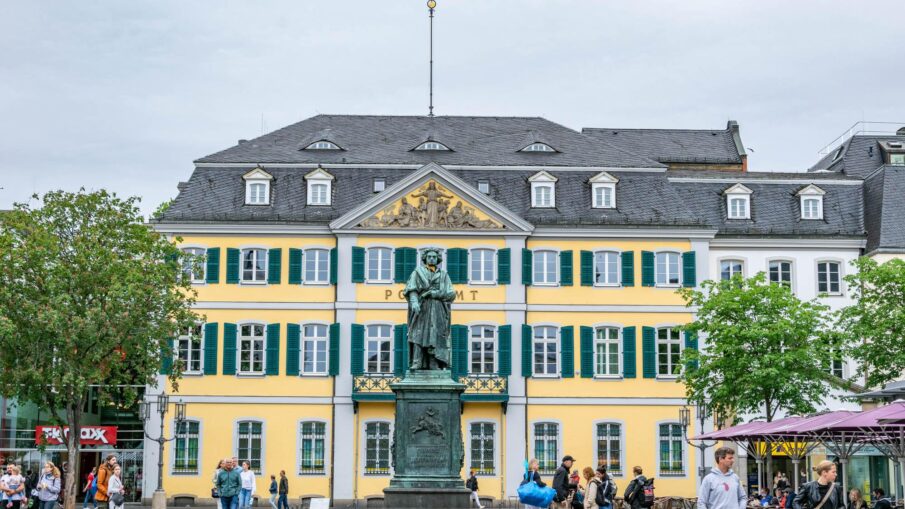
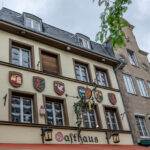
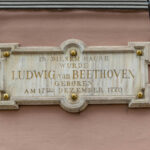
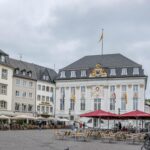
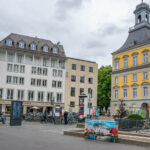
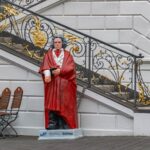
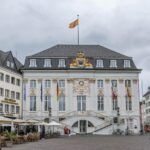
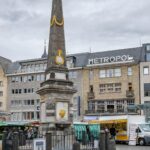
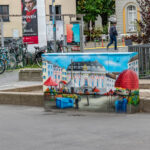
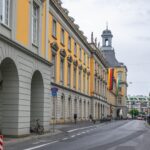
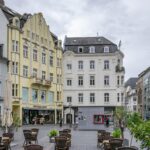
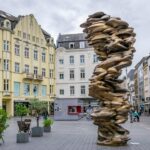
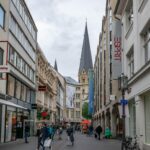
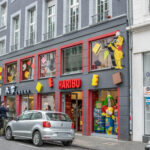
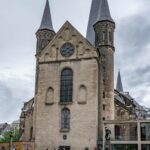
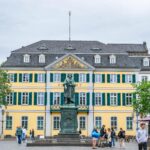
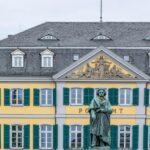
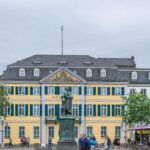
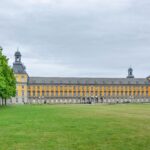
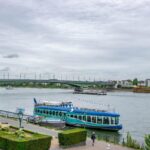
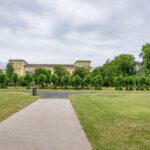
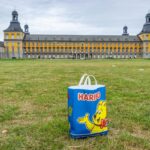
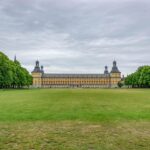
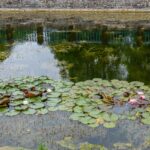
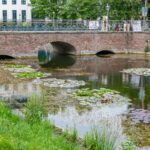
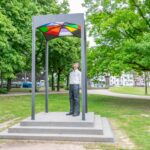
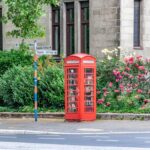
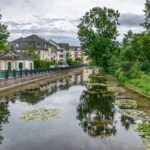
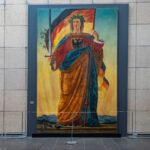
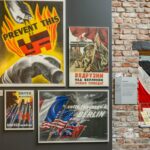
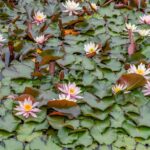
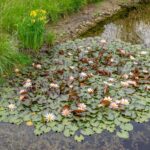
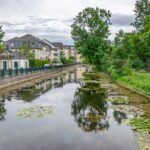
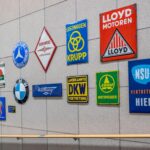
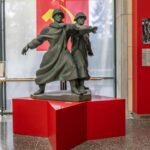
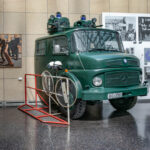
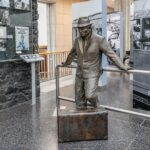
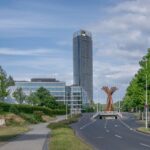
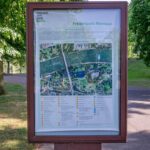
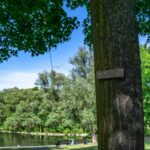
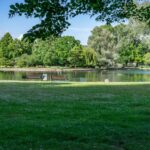
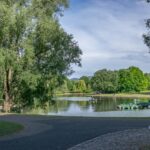
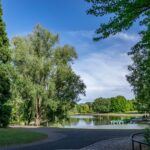
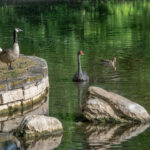

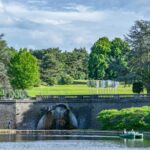
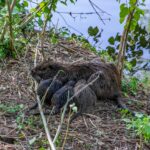
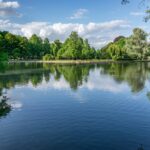
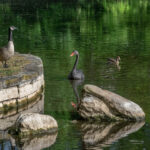
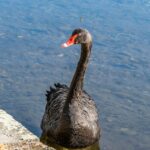

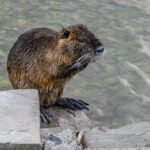
Leave a Reply